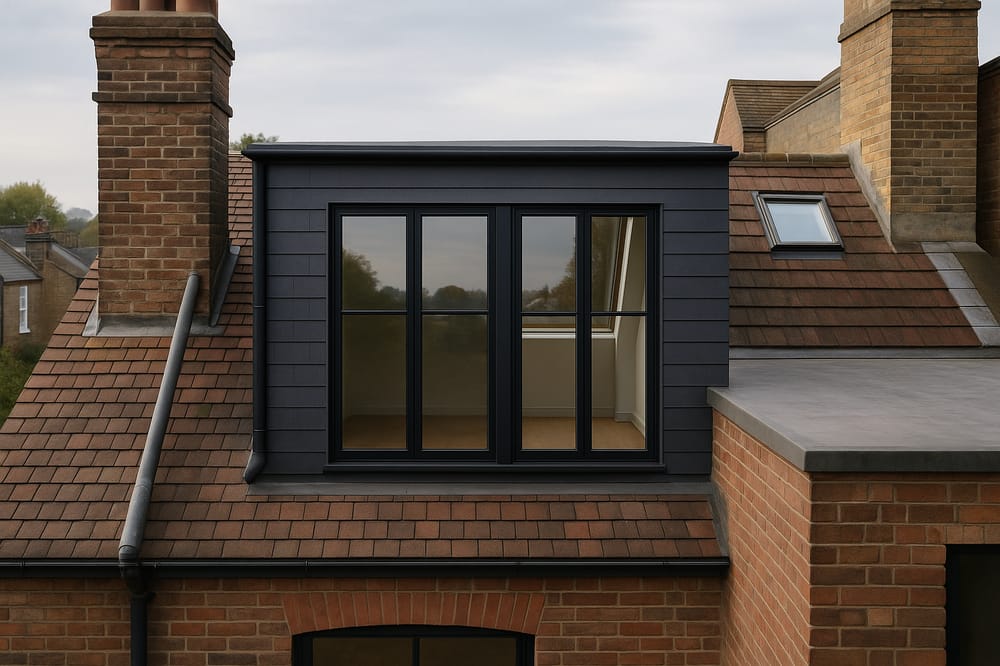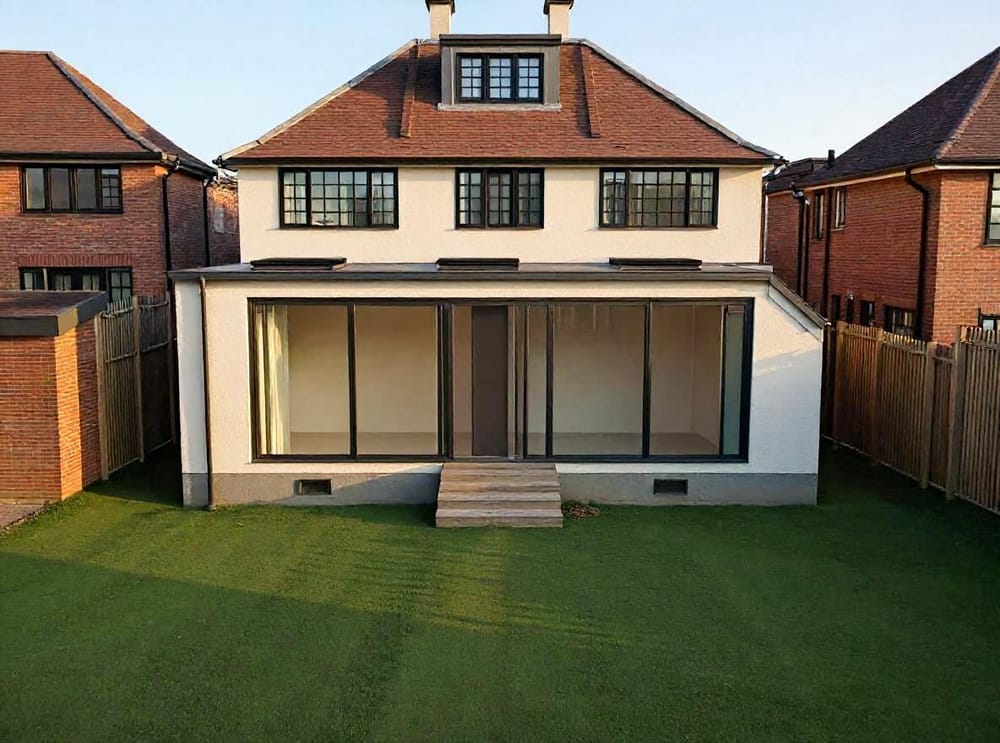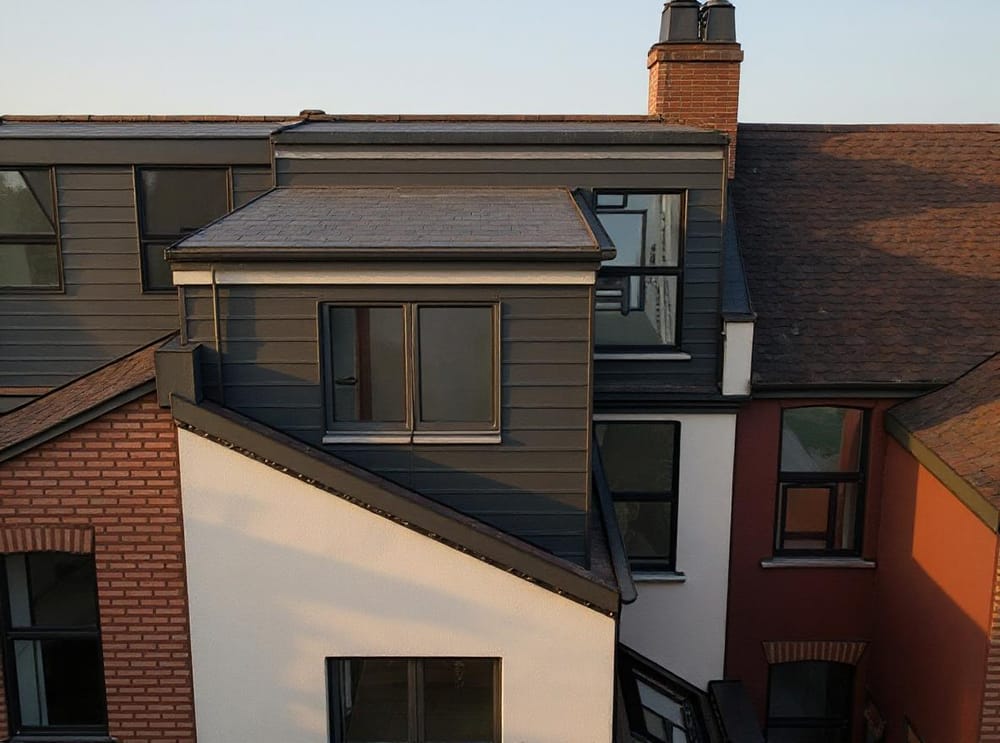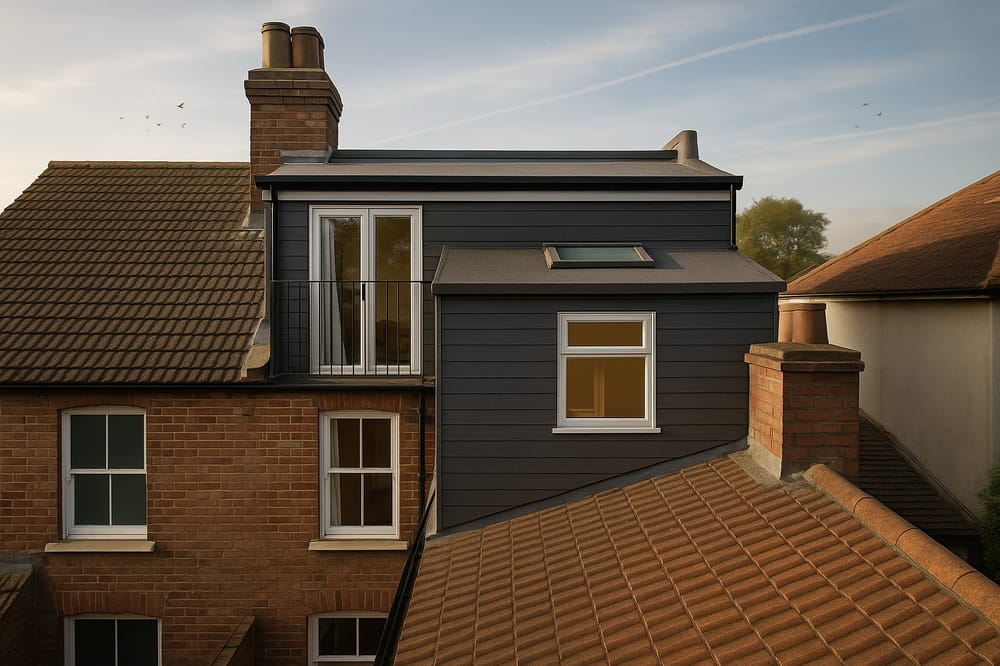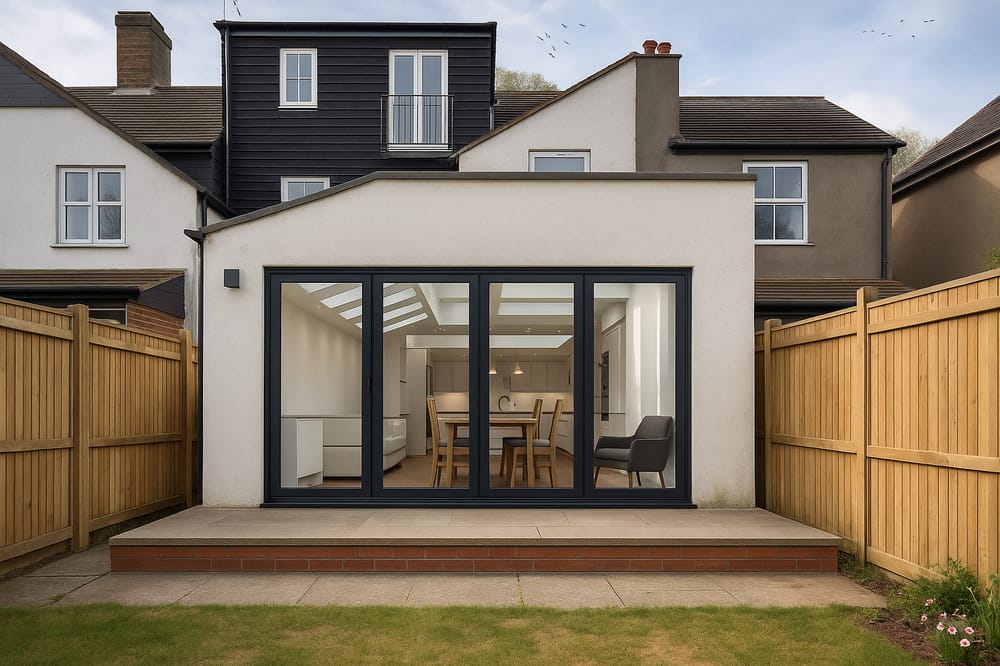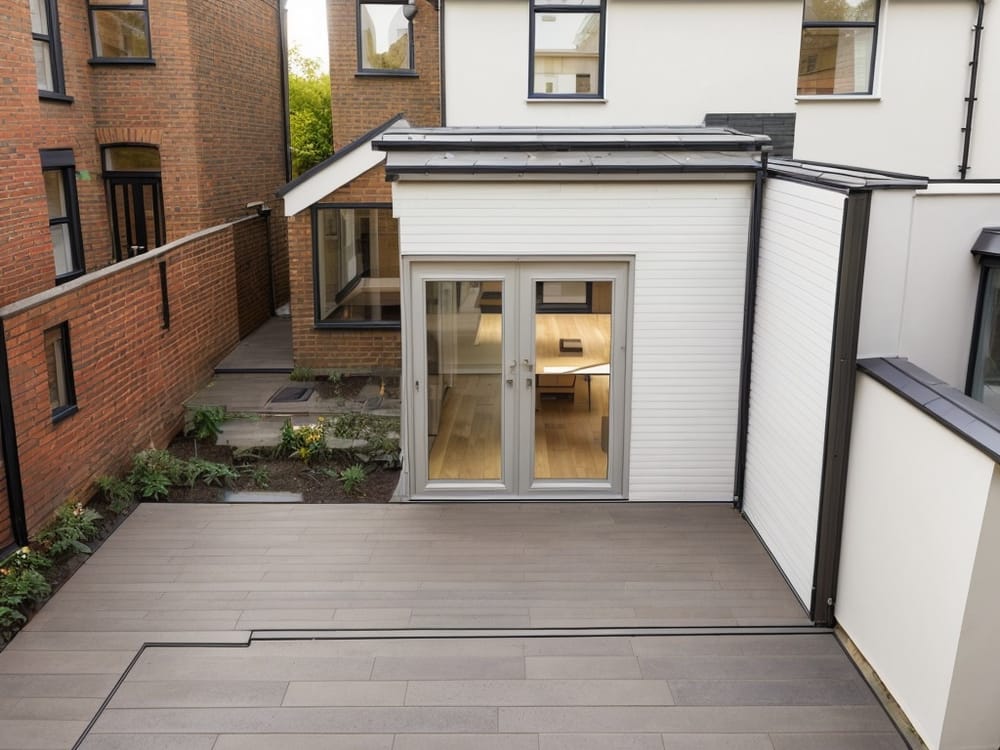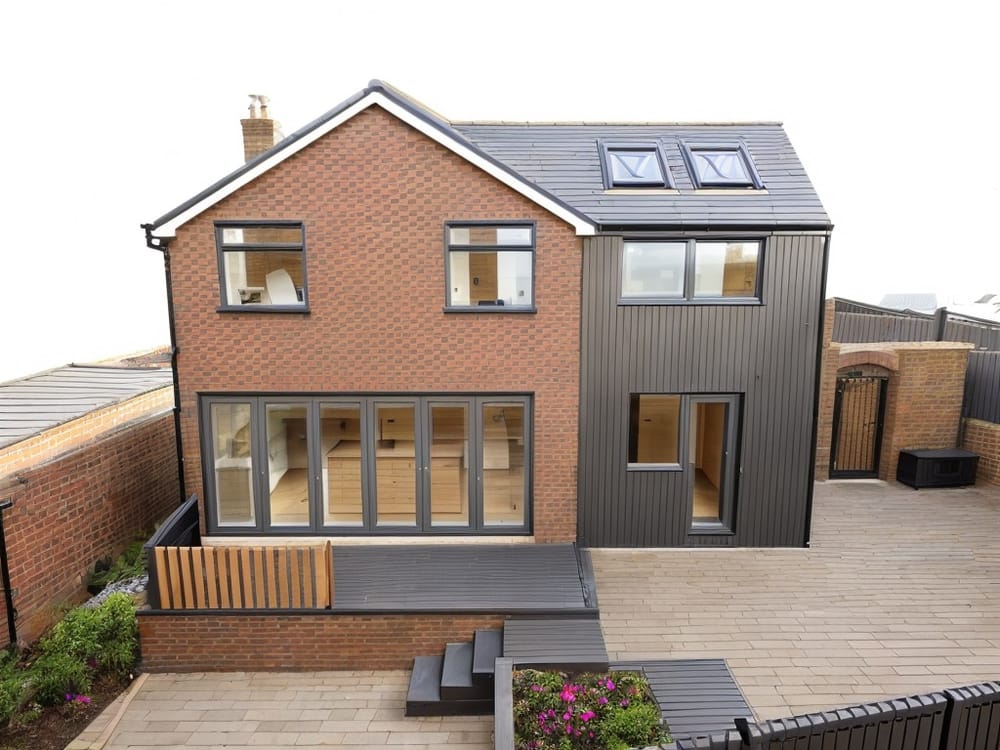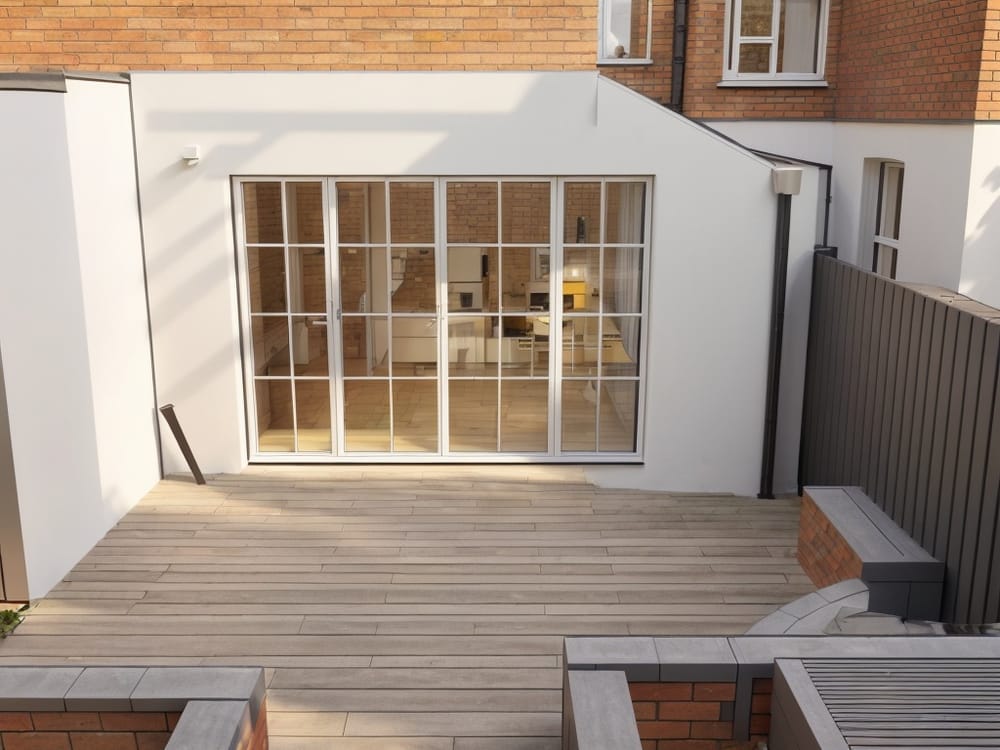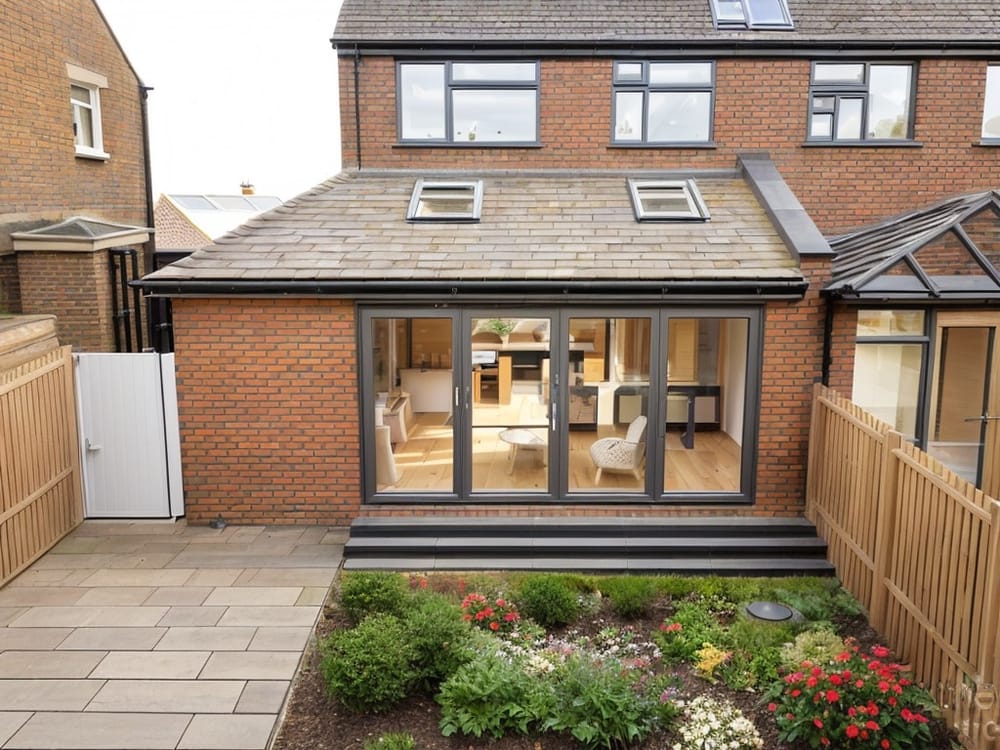All too often with our increasingly hectic lives, it can feel almost impossible to find time to hit the gym, unless you’re prepared to wake up at an ungodly hour like Mark Wahlberg. Creating a gym at home can be a great way to save money in the long term and have a convenient space to work out even in the shortest of breaks between the breakfast routine and the school run. If you’re considering creating a gym at home, explore our tips for creating a dynamic exercise space.
Is it worth building a gym at home?
Whether you’re an exercise devotee or you’re looking to breathe new life into your workout regime, there’s no doubt that finding the space to keep fit is an important element. Having a gym at home can be a great option if you have little ones running around and limited childcare or if you work from home and struggle to find the time to work out. While the convenience of a gym at home is undoubtable, we’d also suggest thinking it over thoroughly because – depending on your relationship to exercise – it could be best to keep your workouts separate from your home.
For those among us who find a workout more of a chore than a fun challenge, hanging onto a gym membership might be wise. That’s because, as part of our 2023 Happy Home report, we found that one of the characteristics that most contributes to how happy you are in your home is how relaxed you feel in it. However, if you're someone who opts for a more peaceful, meditative type of exercise that leaves you feeling relaxed or refreshed, you may not need that degree of separation.
If you’re uncertain where you fall on the scale of exercise as enjoyment or obligation and you’re unsure whether you have the available space to build a gym at home, read on for some of the top considerations to make about getting yours.
The first step to creating a gym at home? Take stock
Start with what you already have. Before you buy new equipment or make any drastic renovation decisions, take inventory of anything you already have that can be used for workouts and how much space you have to work with. This could include things like yoga mats or dumbbells. You might even have items around your home that can be repurposed for workouts, like a sturdy chair for tricep dips or a towel for sliding exercises.
Focus on the essentials
When it comes to creating a home gym, it's easy to get carried away and end up spending a lot of money on equipment that you don't need. Instead of trying to create a full-scale gym, focus on the essentials that will provide the most value for your workouts. This could include a yoga mat, a set of dumbbells, and a stability ball, for example.
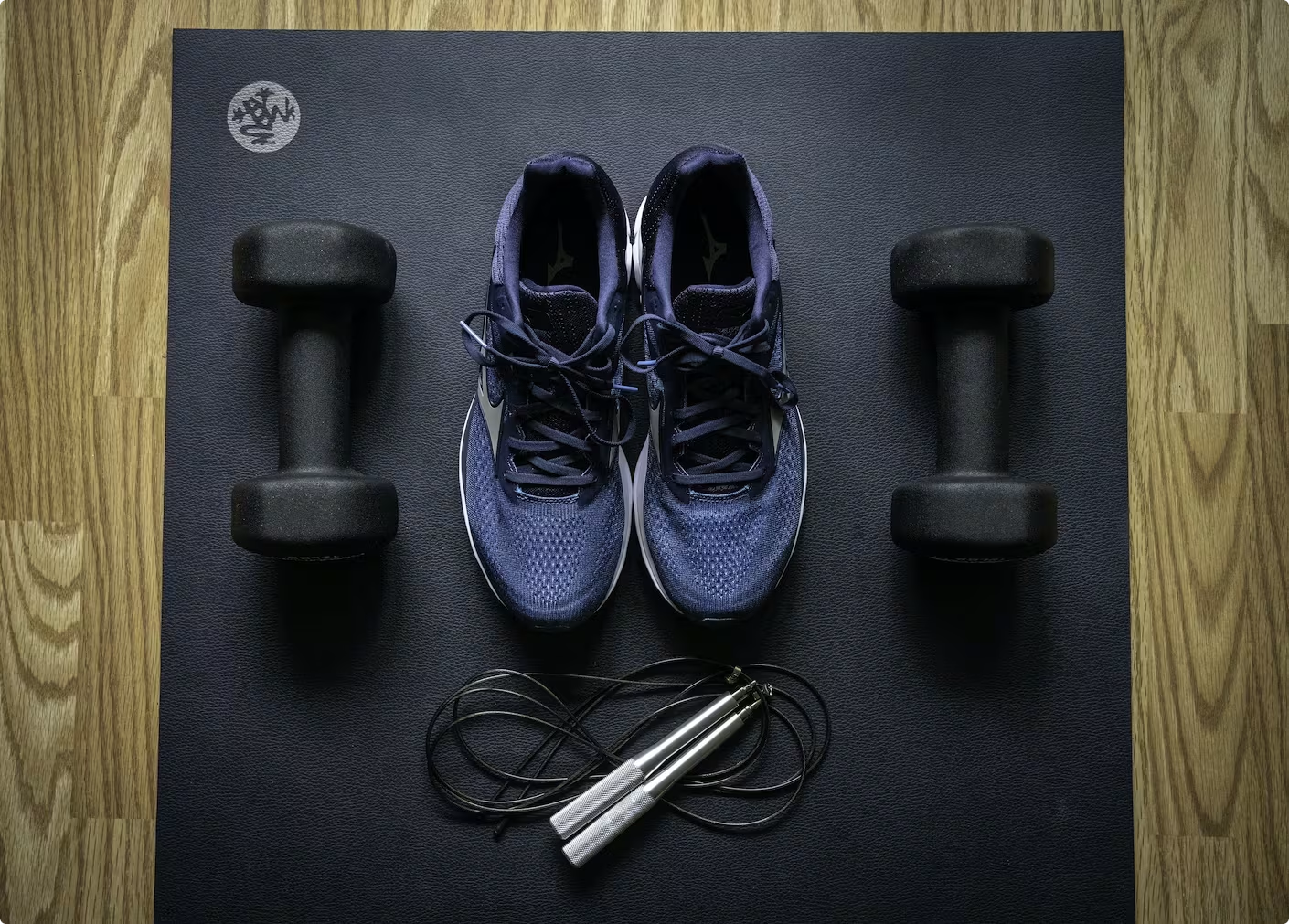
Create a DIY Gym
If you're handy and creative, you can create your gym equipment using items that you already have around your home. For example, you can fill a sturdy backpack with books or large filled liquid containers to create a DIY weight. Or you can use a towel on a smooth floor to create a DIY sliding surface for ab and leg exercises such as sliding hamstring curls or reverse v-ups. There are many online resources and tutorials that can provide ideas and inspiration for DIY gym equipment.
Focus on the essentials
When it comes to creating a home gym, it's easy to get carried away and end up spending a lot of money on equipment that you don't need. Instead of trying to create a full-scale gym, focus on the essentials that will provide the most value for your workouts. This could include a yoga mat, a set of dumbbells, and a stability ball, for example.
Create a multifunctional space
If it doesn’t feel necessary to create a separate gym room for your workout, you could benefit from adapting your available space to make it suit a number of different purposes. Our 2023 Happy Home report also found that the adaptability of your homes is an important contributing factor towards how comfortable you are in it. In fact, We found that those with a home gym were not likely to be happier with their home than those without. The more significant factor is whether you feel your home meets your needs.
So, how do you go about creating a smooth-running, multifunctional space in your home that can be adapted for exercise? Here are just a few tips to try at home:
Build a gym at home with clever storage
One of the easiest ways to make your space serve multiple functions is to create more storage space so that you can change the purpose of a room in just moments. For example, if you have a home office which you’d also like to double up as a gym, choose cupboards that can keep any exercise equipment tucked away during work hours. Equally, at the end of the day, make sure that you’re getting adequate respite from work and choose a desk with drawers so that you can keep the surfaces tidy and clear your mind.
Create a gym at home 'zone'
In recent years, there’s been more of a move towards broken-plan living over open-plan living. Broken-plan living is a way of working with open-plan layouts to create different zones or areas within them. This can be achieved through introducing soft barriers such as curtains, room dividers, different colour schemes and shelves.
If you currently have an open-plan layout but you’d like to create an area that feels separate from the rest of your space to exercise in, experiment with applying a subtly different yet distinct colour scheme. This will give it the feel of a standalone exercise space without making it incongruent to the rest of your interior design.
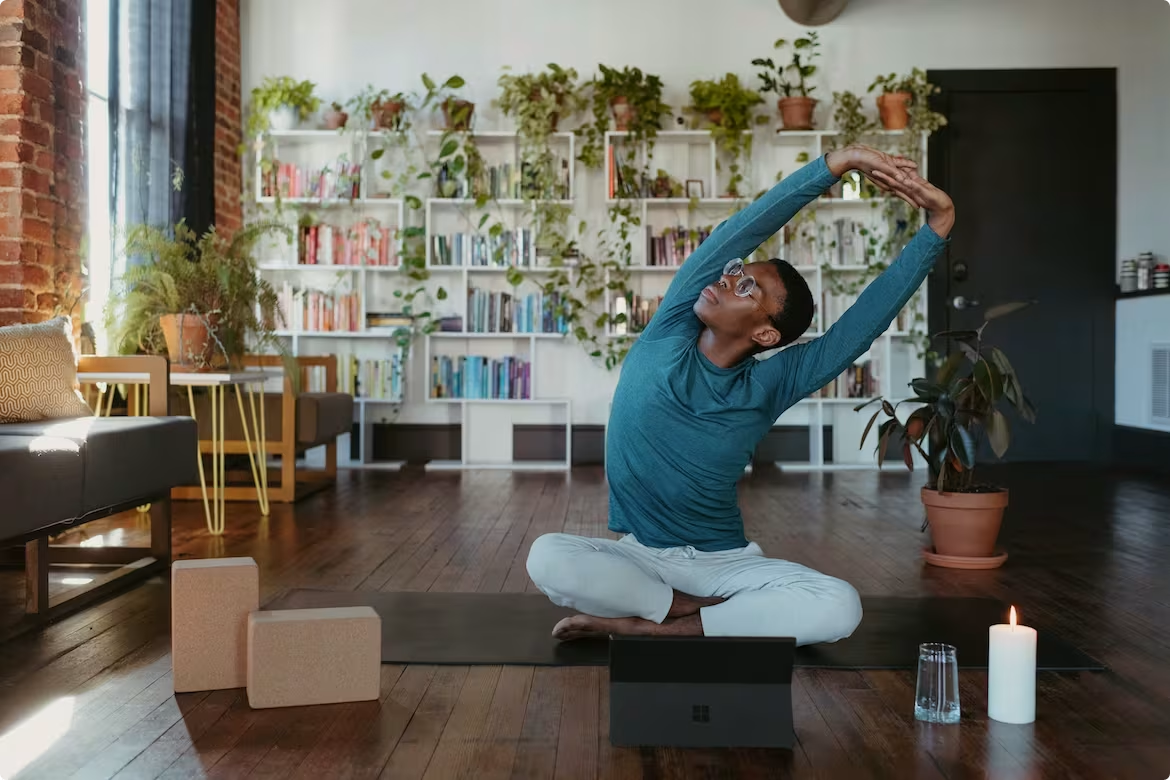
Expand your space and build a gym at home
If you’re determined to take your home fitness seriously and you have some available space to build into surrounding your house, you might consider getting an extension that allows you an extra room that you can then convert into your dream home gym. Here are just some different types of extension that could enable you to create an entirely new room in your home:
Side extension
Side extensions are a fantastic option if you have available space to the side of your home – for example, in Victorian terraced houses where there are unused alleyways. Because they tend to be smaller than some other types of extensions, the construction costs can be lower and the time it takes to build can be faster. This isn’t just great news for your pocket, it’s also brilliant if you’re hoping to keep disruption to a minimum or you’re making space for new arrivals in your household. After all, one of the main decisions you’ll need to make in the home renovation process is whether or not to stay at home or find alternative accommodation while the work is being done.
This type of extension will maximise your space and offer you more room to create your own home gym. It’s ideal for a smaller workout space or for the creation of a multifunctional space that can serve as both a gym and a chillout area.
Rear extension
Much like a side extension, a rear extension is a great option if you’re looking to increase the amount of square footage in your home. The idea is that you build into any empty space you have to the rear of your property. This, in turn, offers you additional space to either create a separate room for working out, an exercise zone or to build a more multipurpose space that you can design your own ideal gym in.
Garage extension
Garage extensions are one of the most popular types of extensions in the UK. This is largely because they offer plenty of space and are relatively good value to build. So, if you’re lucky enough to have an unused garage and you’re wondering where to place your ideal home gym, a garage extension could be a winning solution for you.
Is the garden room your answer to a gym at home?
Garden rooms have soared in popularity in recent years. Garden rooms offer household members an important sense of privacy and separation from the rest of the home – something that’s particularly useful if you’re working from home or prefer carrying out your workouts in private.
Another great benefit of garden rooms is that they embody a great connection between the home and nature. It’s been found that having a strong connection to nature within your home has mood-boosting effects. In addition to this, because of impressive advances in modular (or ‘prefabricated’) building, garden rooms can often be built away from your property and simply assembled on site, meaning that the process is both efficient and good value.
If you’re considering getting a home renovation or extending your home to build your ideal gym at home, book a free advice call with one of our consultants today.




